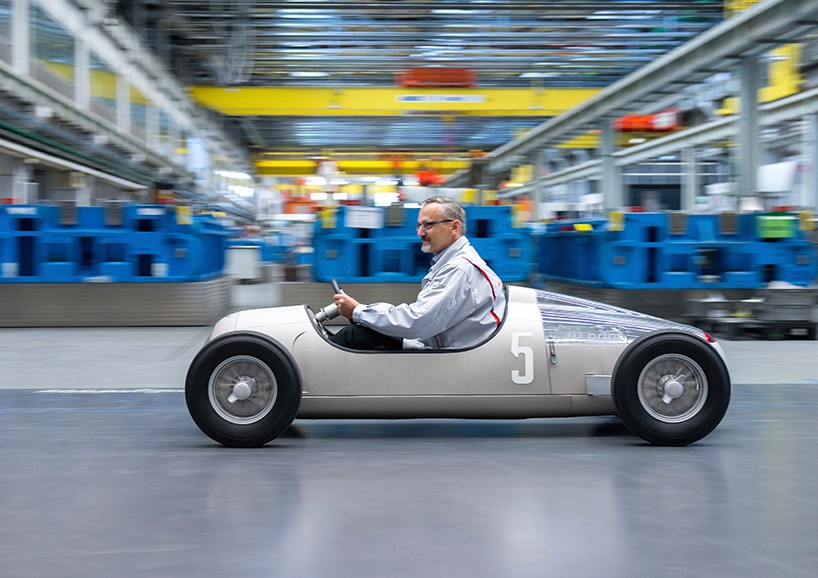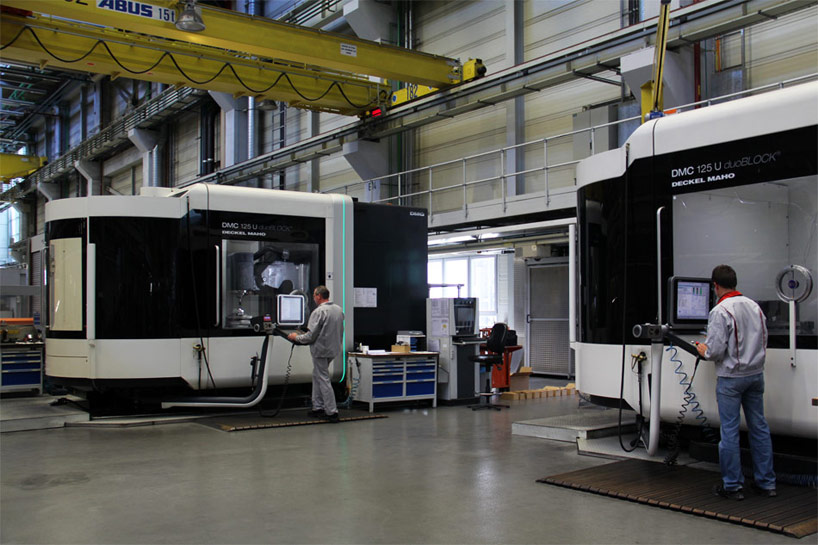The German automotive makers at Audi have worked intensively as of late, trying to become the car manufacturer on the forefront of 3D printing technology. They have already pieced together a “Map of Greatness”, which was an interactive world map populated with relevant innovators from all around the world (including 3D printing pioneers). Audi has even gotten hands-on with the process by replicating a fully 3D printed Grand Prix racer from the pre-war era, the 1936 Auto Union Type C Car. But, for all the neat and innovative 3D printing projects performed by Audi in the past, their main objective of using metal 3D printed parts within actual automobile production has suddenly become an arm’s reach away from becoming a reality.

Audi doesn’t go into detail about exactly which metal 3D printing technology their using, except to say that they are capable of producing details half as thick as human hair in 3D printed aluminum or steel car parts. Metal-based 3D printing has helped the German car makers to produce geometrically complex parts that serve the vehicle both aesthetically and functionally. The printer itself has a build volume of 240 millimeters in length and 200 millimeters in width, a respectable size limit that allows for most of these complex metal parts to be printed in one piece. Although the success of metal 3D printing has not been showcased within their actual production line of Audi cars as of yet, the 1:12 scaled replica of the Auto Union Type C racing car was example enough of how fully functional vehicles (or just certain parts) can be conveniently manufactured out of 3D printed metal.
“Together with our research partner, we keep pushing the envelope when it comes to new manufacturing processes,” said Audi’s toolmaker Hubert Watl. “One of our aims is to use 3D metal parts for regular car production.” As Audi continues experimenting on 3D printing parts and scaled down car models out of metallic materials, they are proving that this new and constantly advancing technology belongs in the automotive industry. Aiming to implement metal 3D printed parts on their high-end automobile product line, I wouldn’t be surprised to see other car companies jumping on the 3D printing bandwagon after Audi solidifies additive manufacturing techniques and automotive production methods together.




